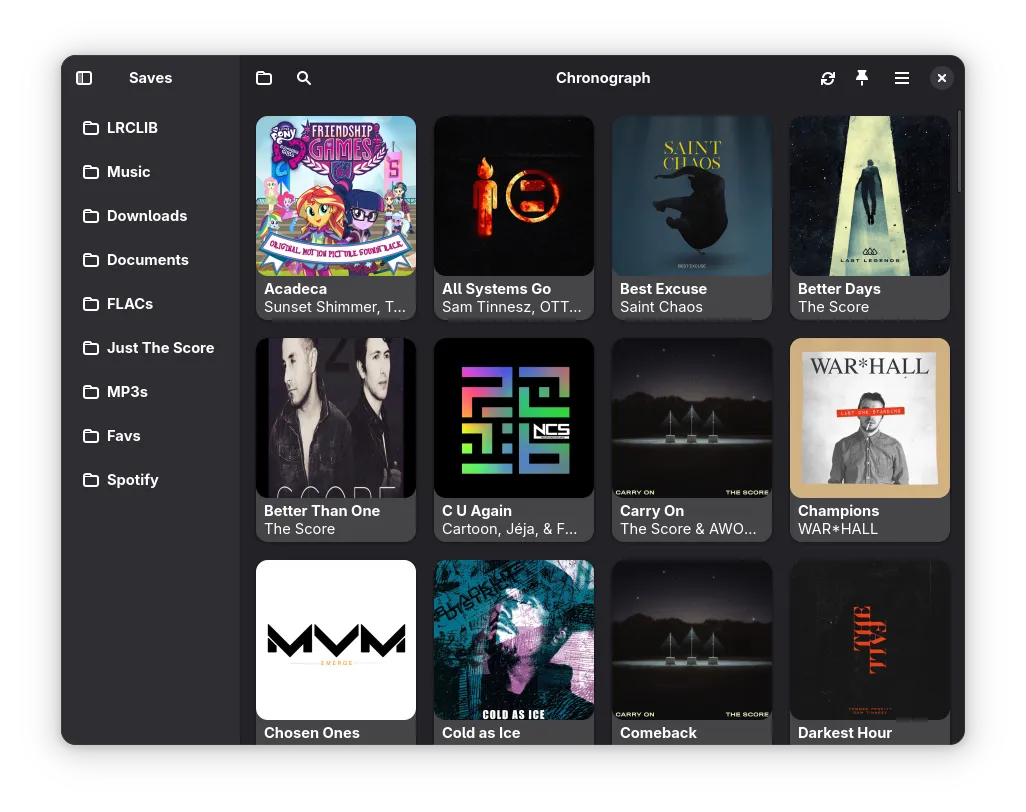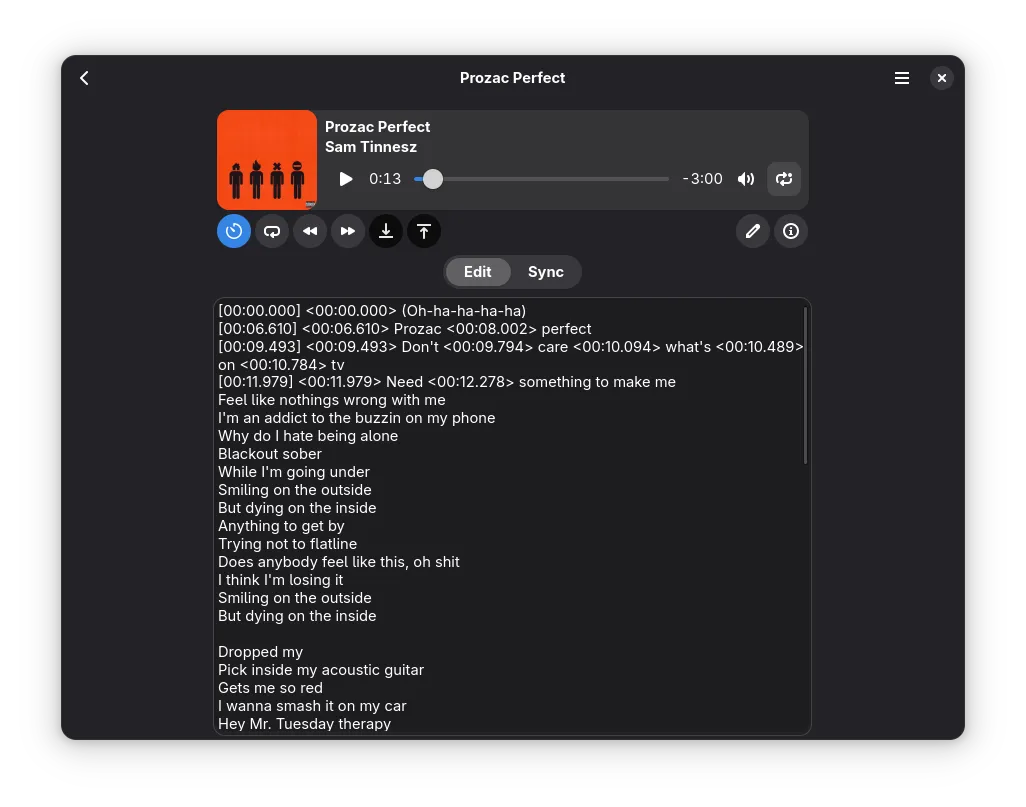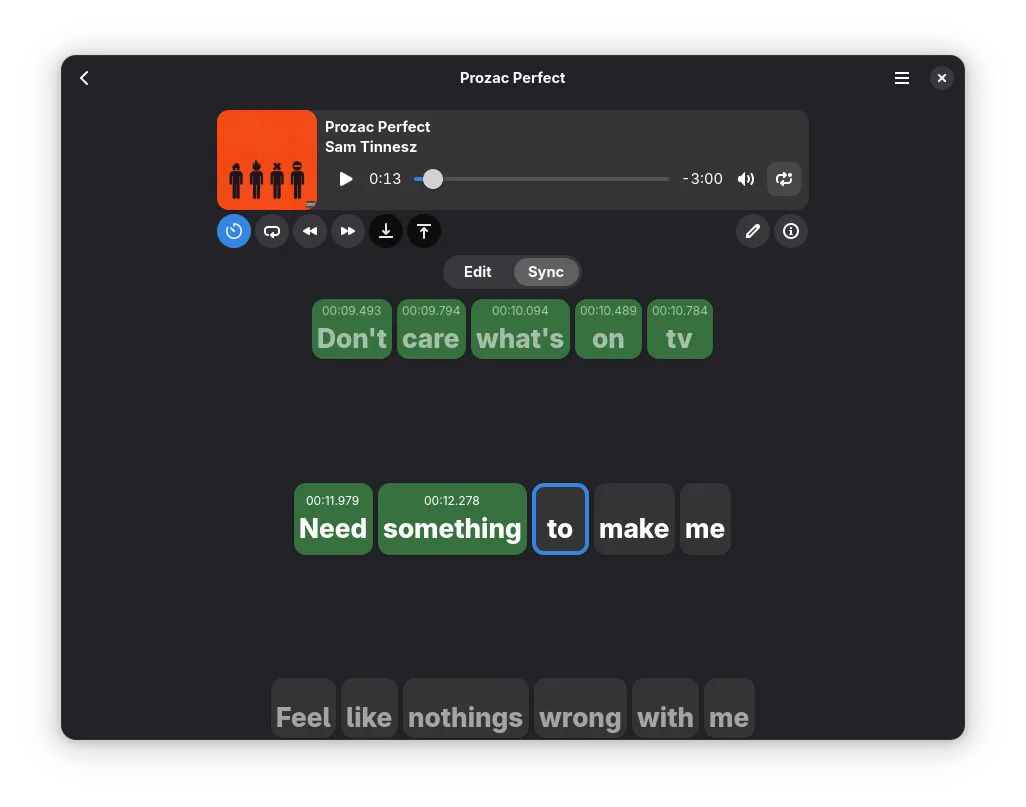-
Pl
chevron_right
Victor Ma: When is an optimization not optimal?
news.movim.eu / PlanetGnome • 28 August • 4 minutes
In the past few weeks, I’ve been working on the MR for my lookahead algorithm. And now, it’s finally merged ! There’s still some more work to be done—particularly around the testing code—but the core change is finished, and is live.
Suboptimal code?
While working on my MR, I noticed that one of my functions,
word_set_remove_unique ()
, could be optimized. Here is the function:
void
word_set_remove_unique (WordSet *word_set1, WordSet *word_set2)
{
g_hash_table_foreach_steal (word_set1, word_not_in_set, word_set2);
}
/* Helper function */
static gboolean word_not_in_set (gpointer key,
gpointer value,
gpointer user_data)
{
WordIndex *word_index = (WordIndex *) key;
WordSet *word_set = (WordSet *) user_data;
return !g_hash_table_contains (word_set, word_index);
}
word_set_remove_unique ()
takes two sets and removes any elements in the first set that don’t exist in the second set. So essentially, it performs a set intersection, in-place, on the first set.
My lookahead function
calls
word_set_remove_unique ()
multiple times, in a loop. My lookahead function always passes in the same persisted word set—
clue_matches_set
—as the first set. The second set changes with each loop iteration. So essentially, my lookahead function uses
word_set_remove_unique ()
to gradually refine
clue_matches_set
.
Now, importantly,
clue_matches_set
is sometimes larger than the second word set—potentially several orders of magnitude larger. And because of that, I realized that there was an optimization I could make.
An obvious optimization
See,
g_hash_table_foreach_steal ()
runs the given boolean function on each element of the given hash table, and it removes the element if the function returns
TRUE
. And my code always passes in
word_set1
as the hash table (with
word_set2
being passed in as
user_data
). This means that the boolean function is always run on the elements of
word_set1
(
clue_matches_set
).
But
word_set1
is sometimes smaller than
word_set2
. This means that
g_hash_table_foreach_steal ()
sometimes has to perform this sort of calculation:
WordSet *word_set1; /* Contains 1000 elements. */
WordSet *word_set2; /* Contains 10 elements. */
for (word : word_set1)
{
if (!g_hash_table_contains (word_set2, word))
g_hash_table_remove (word_set1, word);
}
This is clearly inefficient. The point of
word_set_remove_unique ()
is to calculate the intersection of two sets. It’s only an implementation detail that it does this by removing the elements from the first set.
The function could also work by removing the unique elements from the second set. And in the case where
word_set1
is larger than
word_set2
, that would make more sense. It could be the difference between calling
g_hash_table_contains ()
(and potentially
g_hash_table_remove ()
) 10 times and calling it 1000 times.
So, I thought, I can optimize
word_set_remove_unique ()
by reimplementing it like this:
- Figure out which word set is larger.
-
Run
g_hash_table_foreach_steal ()on the larger word set. - If the second set was the larger set, then swap the pointers.
/* Returns whether or not the pointers were swapped. */
gboolean
word_set_remove_unique (WordSet **word_set1_pp, WordSet **word_set2_pp)
{
WordSet *word_set1_p = *word_set1_pp;
WordSet *word_set2_p = *word_set2_pp;
if (g_hash_table_size (word_set1_p) <= g_hash_table_size (word_set2_p))
{
g_hash_table_foreach_steal (word_set1_p, word_not_in_set, word_set2_p);
return FALSE;
}
else
{
g_hash_table_foreach_steal (word_set2_p, word_not_in_set, word_set1_p);
*word_set1_pp = word_set2_p;
*word_set2_pp = word_set1_p;
return TRUE;
}
}
Not so obvious?
Well, I made the change, and…it’s actually slower.
We have some profiling code that measures how long each frame takes to render. The output looks like this:
update_all():
Average time (13.621 ms)
Longest time (45.903 ms)
Total iterations (76)
Total number of iterations longer than one frame (27)
Total time spent in this function (1035.203f ms)
word_list_find_intersection():
Average time (0.774 ms)
Longest time (4.651 ms)
Total iterations (388)
Total time spent in this function (300.163f ms)
And when I compared the results of the optimized and unoptimized
word_set_remove_unique ()
, it turned out that the “optimized” version performed either worse or about the same. That just goes to show the value of profiling!
More testing needed
So…that was going to be the blog post. An optimization that turned out to not be so optimal. But in writing this post, I reimplemented the optimization—I lost the original code, because I never committed it—and that is the code that you see. But when I tested this code, it seems like it is performing better than the unoptimized version. So maybe I messed up the implementation last time? In any case, more testing is needed!










